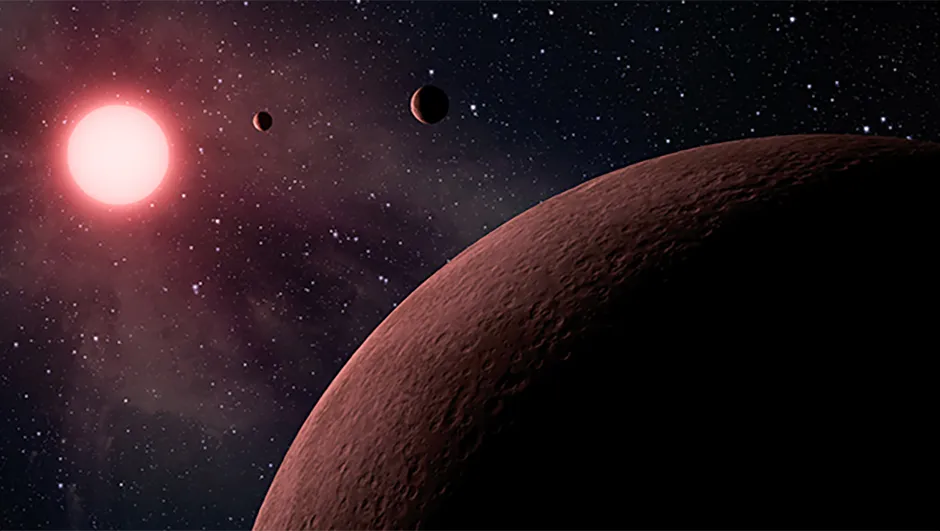The nearest Sun-like star to our Solar System has four Earth-sized exoplanets in orbit around it; two of which could be habitable.
Tau Ceti is about 12 lightyears away and is very similar to our Sun in its size and brightness.
Astronomers have announced that four exoplanets with masses as low as 1.7 times Earth’s mass have been detected in orbit around it, making them the smallest exoplanets ever discovered around a Sun-like star.
It is thought that the two outermost planets in orbit could be rocky and potentially habitable.
The exoplanets were discovered by observing the star and looking for signs of wobbling, as this can indicate the gravitational tug of a planet in orbit.
Astronomers detected variations in the movement of the star at rates as low as 30cm per second.
While the positions and the masses of the planets could make them potentially habitable, there is however a massive debris disc around the star, which would currently mean a lot of bombardment of the planets by asteroids and comets.

Nevertheless, the study shows that the search for potentially habitable planets continues to produce results.
“We’re getting tantalisingly close to observing the correct limits required for detecting Earth-like planets,” says Dr Fabo Feng, lead researcher on the study.
“Our detection of such weak wobbles is a milestone in the search for Earth analogs and the understanding of the Earth’s habitability through comparison with these.”
